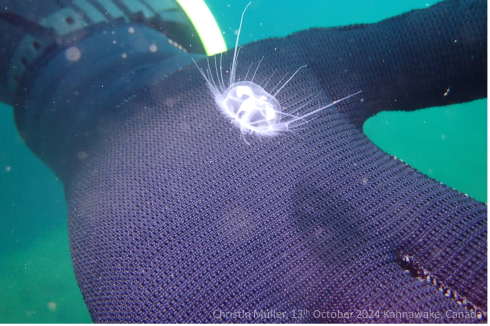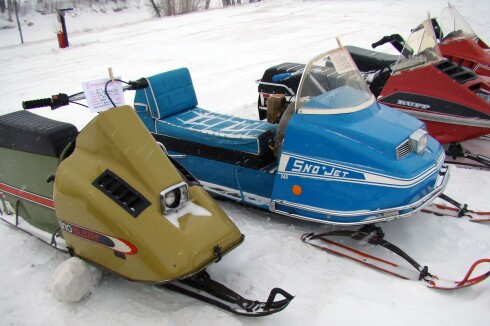We now find ourselves in mid-January, and the weather has turned to extreme cold for the time being.
Of course, extreme cold means great ice-making. We will start extending our paths to new target locations and working with what Mother Nature gives us. As of this morning, getting the propane running through the heater was a little slow, but that is OK; we are ice fishing.
ADVERTISEMENT
Current ice conditions around the Arrowhead region range from 8-18 inches. We are even starting to see smaller trucks take to the inland waters in the area. Last weekend, we finally got some much-needed snow. This is a good thing, as it will help shade the waters from the bluebird skies, making it easier to approach hot spots without spooking fish.
Another benefit of having a little snow flush is that we can bank up ice house perimeters and skirts.
As of this report, the general snowmobile trails are still not ready for traffic, but they are getting closer. I may bring our machine onto the lake for the first time this season. Travel is still pretty smooth as the snow is light and not water-saturated. However, you may want to bring a smitty sled if you plan on walking out on foot.
Okay, let's dive into this week's report.
Lake Superior is now seeing a good amount of traffic in the Ashland and Washburn areas. Ice conditions are suitable for snowdogs, small snowmobiles and ATVs, and, in some areas, UTVs. As usual, check your own ice and take the travel slowly. The usual pressure ridges have been popping daily, changing cracks. If you go over a crack or ridge, it may change when you return.
If you ice fish on Lake Superior, absolutely make sure you have the proper equipment. The bite has been all over the place. Most anglers are getting some good perch, pike, and whitefish in the Ashland area. Out farther past the Ashland lighthouse and toward Washburn, a few splake and browns are coming topside. A mix of live lake shiners on set lines and minnow heads jigged with an assortment of spoons is catching some fish. As we move closer to February, look for new areas to be accessible. In the meantime, please be careful and consider checking in with others before venturing out.
St. Louis River Estuary continues to put out some walleye bites in several different areas of the river. It is obvious that many congregate at Superior Bay, but make no mistake, there are many other great spots on the river this time of year. Bite windows will continue to be a thing, with most fish coming in the 20- to 45-minute early mornings. Remember, when it is this cold, keep your fish indoors in your shack to help prevent gill freeze-ups.
ADVERTISEMENT
Dead sticks positioned a few feet from an active jig rod are your best bet. The best colors this week have been reds, golds and pinks. On the back bays, some areas are now looking like mine-fields with several old auger holes. Fish have slowed down and have adjusted a bit to the angling pressure. Keeping things simple with a 1/32-oz small jig tipped with a Clam Maki plastic will be your go-to. As always, it is important to stay silent not to spook roaming schools of fish.
Same goes for the inland bites, being stealthy in your fishing habits is your best bet for success. Speaking of success, pike have been very active over shallower mud flats. The best tactic has been tip-ups with walleye-sized suckers hanging about ½ way down in 6-12 feet of water. Make sure to spread your lines so you are not targeting the same approaching fish. Spreading out is as important as being silent on the water. Walleyes are being caught later in the afternoons into the evenings using hard-bodied puppet minnows or tika minnows. Glow baits are a good way to go. Make sure if you get fish, you make quick work and drop down your lure quickly, as we have been seeing fish come in pairs or smaller schools. Panfish are still being caught on outside weed edges but are moving over some breaks.
Soon enough we will be looking to basins for active panfish targets.












